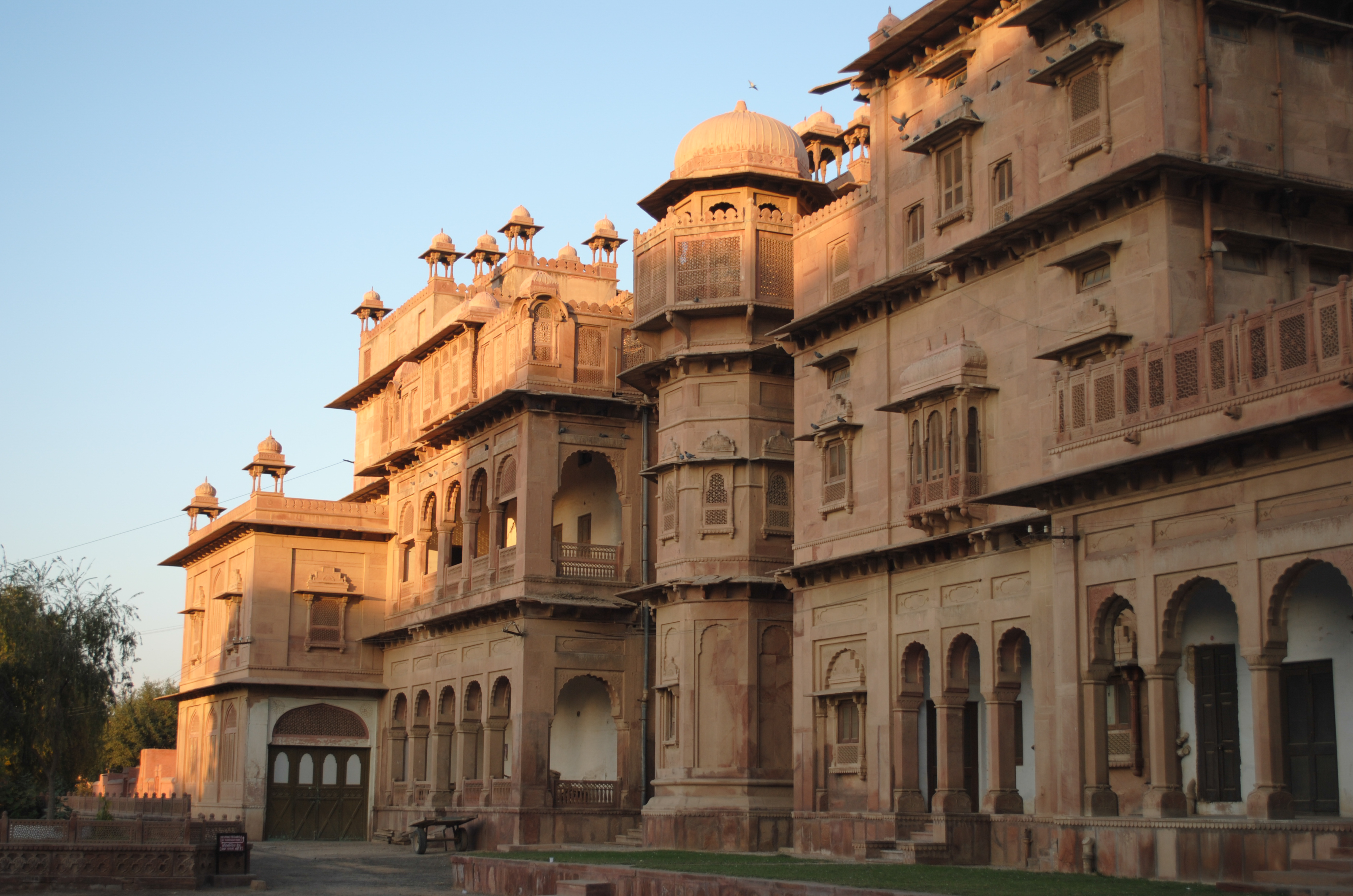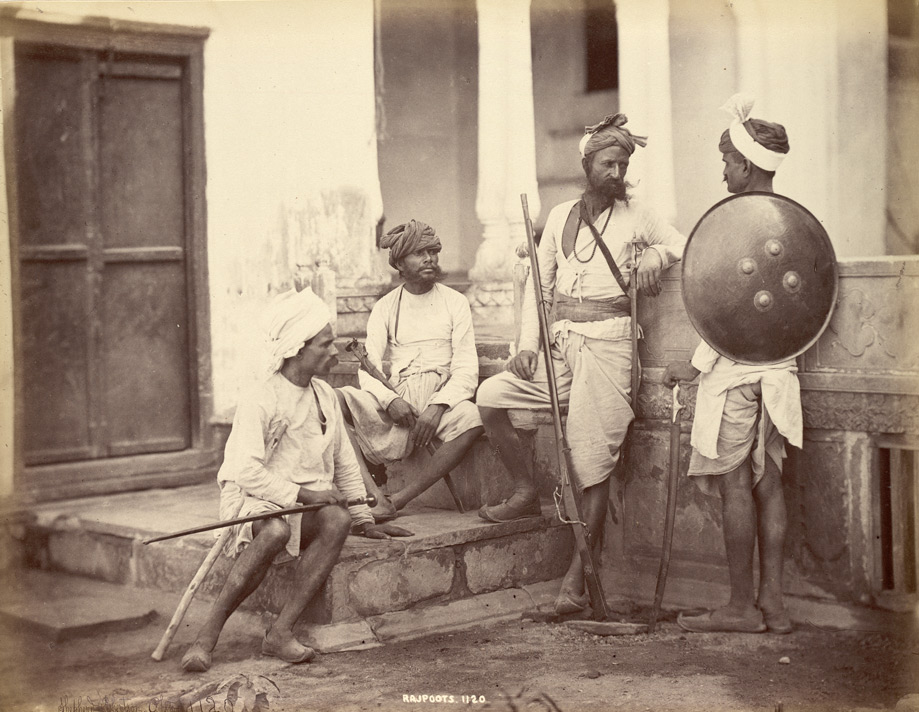|
Mahton
Mahton is a caste in India. According to W. H. McLeod, they are small in number and found mostly in the Doaba region, where some have converted to Sikhism. Although they claim to have descended from Rajput Rajput (from Sanskrit ''raja-putra'' 'son of a king') is a large multi-component cluster of castes, kin bodies, and local groups, sharing social status and ideology of genealogical descent originating from the Indian subcontinent. The term Ra ...s, this belief is disputed by other communities. References {{reflist Further reading * Guru Nanak journal of sociology. Other Creators Guru Nanak Dev University, Sociology Dept., Published Amritsar, India : Sociology Dept., Guru Nanak Dev University, 1980- * The making of Little Punjab in Canada : patterns of immigration, Author: Archana B Verma Publisher: Thousand Oaks, Calif. : Sage Publications, 2002 * Punjabis in Canada : a study of formation of an ethnic community, Author: Paramjit S Judge, Publisher: Delhi Chanakya Pub ... [...More Info...] [...Related Items...] OR: [Wikipedia] [Google] [Baidu] |
Caste System In India
The caste system in India is the paradigmatic ethnographic example of classification of castes. It has its origins in Outline of ancient India, ancient India, and was transformed by various ruling elites in medieval, early-modern, and modern India, especially the Mughal Empire and the British Raj. It is today the basis of Reservation in India, affirmative action programmes in India as enforced through constitution of India, its constitution. The caste system consists of two different concepts, ''Varna (Hinduism), varna'' and ''Jāti, jati'', which may be regarded as different levels of analysis of this system. Based on DNA analysis, endogamous i.e. non-intermarrying Jatis originated during the Gupta Empire. Our modern understanding of caste as an institution in India has been influenced by the collapse of the Mughal era and the rise of the British Raj, British colonial government in India. The collapse of the Mughal era saw the rise of powerful men who associated themselves w ... [...More Info...] [...Related Items...] OR: [Wikipedia] [Google] [Baidu] |
Doaba
Doaba also known as Bist Doab, is the region of Punjab, India that lies between the Beas River and the Sutlej River. People of this region are given the demonym "Doabia". The dialect of Punjabi spoken in Doaba is called "Doabi". The term "Doaba" or "Doab" is derived from Persian "دو آب" (do āb "two water") meaning "land of two rivers". The river Sutlej separates Doaba from the Malwa region to its south and the river Beas separates Doaba from the Majha region to its north. Scheduled castes form more than 40% of the population in Doaba. This area is also called the NRI Hub of Punjab as a consequence of the migration of a significant percentage of Doabias. The Doaba region is also where historically, much of the Punjabi diaspora in western countries such as Canada (especially in the Greater Vancouver area and also Tronto (Brampton)), and the UK traces its roots. Districts of Doaba Doaba comprises the following districts: *Hoshiarpur *Kapurthala *Jalandhar * Sha ... [...More Info...] [...Related Items...] OR: [Wikipedia] [Google] [Baidu] |
Sikhism
Sikhism (), also known as Sikhi ( pa, ਸਿੱਖੀ ', , from pa, ਸਿੱਖ, lit=disciple', 'seeker', or 'learner, translit= Sikh, label=none),''Sikhism'' (commonly known as ''Sikhī'') originated from the word ''Sikh'', which comes from the Sanskrit root ' meaning "disciple", or ' meaning "instruction". Singh, Khushwant. 2006. ''The Illustrated History of the Sikhs''. Oxford University Press. . p. 15.Kosh, Gur Shabad Ratnakar Mahan. https://web.archive.org/web/20050318143533/http://www.ik13.com/online_library.htm is an Indian religion that originated in the Punjab region of the Indian subcontinent,"Hinduism, Buddhism, Jainism and Sikh originated in India." around the end of the 15th century CE. It is the most recently founded major organized faith and stands at fifth-largest worldwide, with about 25–30 million adherents (known as Sikhs) .McLeod, William Hewat. 2019 998 Sikhism developed from the spiritual teachings of Guru Nanak (1469–1539), the faith's first ... [...More Info...] [...Related Items...] OR: [Wikipedia] [Google] [Baidu] |
Rajput
Rajput (from Sanskrit ''raja-putra'' 'son of a king') is a large multi-component cluster of castes, kin bodies, and local groups, sharing social status and ideology of genealogical descent originating from the Indian subcontinent. The term Rajput covers various patrilineal clans historically associated with warriorhood: several clans claim Rajput status, although not all claims are universally accepted. According to modern scholars, almost all Rajput clans originated from peasant or pastoral communities. Over time, the Rajputs emerged as a social class comprising people from a variety of ethnic and geographical backgrounds. During the 16th and 17th centuries, the membership of this class became largely hereditary, although new claims to Rajput status continued to be made in the later centuries. Several Rajput-ruled kingdoms played a significant role in many regions of central and northern India from seventh century onwards. The Rajput population and the former Rajput state ... [...More Info...] [...Related Items...] OR: [Wikipedia] [Google] [Baidu] |
Indian Castes
The caste system in India is the paradigmatic ethnographic example of classification of castes. It has its origins in ancient India, and was transformed by various ruling elites in medieval, early-modern, and modern India, especially the Mughal Empire and the British Raj. It is today the basis of affirmative action programmes in India as enforced through its constitution. The caste system consists of two different concepts, '' varna'' and '' jati'', which may be regarded as different levels of analysis of this system. Based on DNA analysis, endogamous i.e. non-intermarrying Jatis originated during the Gupta Empire. Our modern understanding of caste as an institution in India has been influenced by the collapse of the Mughal era and the rise of the British colonial government in India. The collapse of the Mughal era saw the rise of powerful men who associated themselves with kings, priests and ascetics, affirming the regal and martial form of the caste ideal, and it also r ... [...More Info...] [...Related Items...] OR: [Wikipedia] [Google] [Baidu] |
Social Groups Of Punjab, India
Social organisms, including human(s), live collectively in interacting populations. This interaction is considered social whether they are aware of it or not, and whether the exchange is voluntary or not. Etymology The word "social" derives from the Latin word ''socii'' ("allies"). It is particularly derived from the Italian ''Socii'' states, historical allies of the Roman Republic (although they rebelled against Rome in the Social War of 91–87 BC). Social theorists In the view of Karl MarxMorrison, Ken. ''Marx, Durkheim, Weber. Formations of modern social thought'', human beings are intrinsically, necessarily and by definition social beings who, beyond being "gregarious creatures", cannot survive and meet their needs other than through social co-operation and association. Their social characteristics are therefore to a large extent an objectively given fact, stamped on them from birth and affirmed by socialization processes; and, according to Marx, in producing and reproducin ... [...More Info...] [...Related Items...] OR: [Wikipedia] [Google] [Baidu] |




